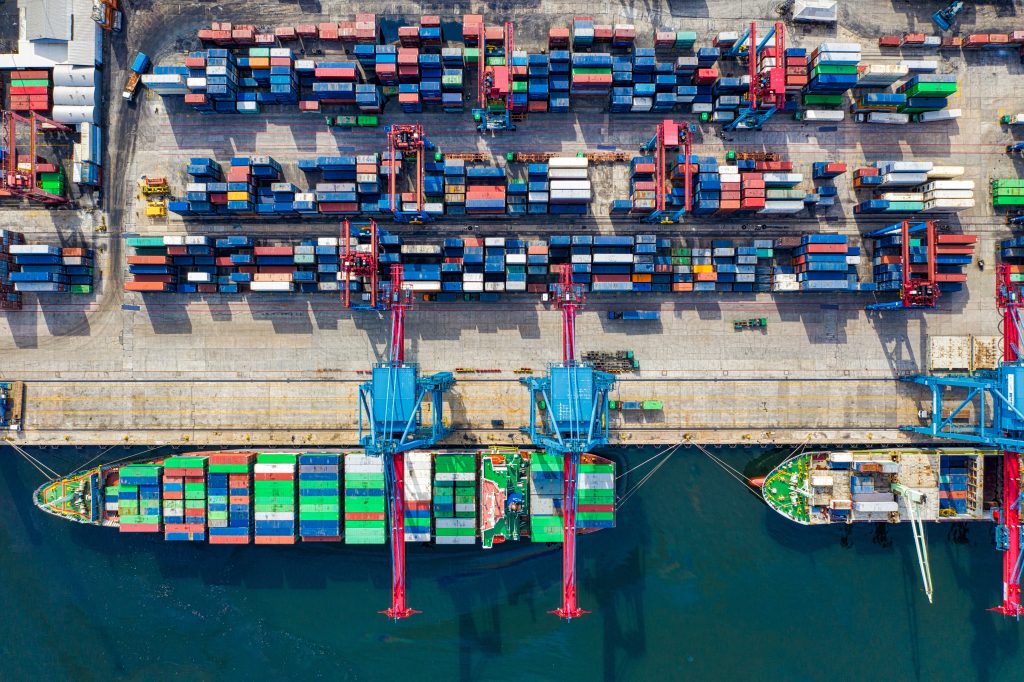Goal 17 of the Sustainable Development Goals (SDGs) is focused on partnerships. These partnerships will benefit all participants with tackling issues such as peace, well-being and commitment to policy. The science informs us of what we ought to do, however, how can we motivate ourselves as a civilization to collaborate for the greater good? This article will discuss how several key targets of SDG 17 have been or can be, addressed by healthy, international partnerships.
POLICY COHERENCE FOR SUSTAINABLE DEVELOPMENT
One method for delivering the SDGs at the global level is through enhancing policy coherence for sustainable development (PCSD) (target 17.14) (IISD, 2020). Some governments either already have units dedicated to coherence, or receive support from organisations to keep track of their progress. On the other hand, the majority of countries do not have the resources to finance a full-time policy coherence unit. This leaves them in a tricky situation, whereby the PCSD is too important to drop but too complex to start acting on (Ronceray, 2020).
To overcome this issue, countries could mobilise resources for developing countries and share knowledge, expertise and technology (target 17.16) (IISD, 2020). Considerations have to be made to make these agreements fair and equal, whilst maintaining a peaceful relationship. For this, it is important that partners respect each county’s policy space and leadership to establish and implement their own policies for sustainable development (target 17.15) (IISD, 2020). Global partnerships that come together to support the achievements towards the SDGs in all countries will ensure long-term prosperity for all participants.
SOLUTIONS IN REAL LIFE
The challenges for global sustainable development are both connected and independent. Policies to support one aspect always have an effect on another. Additionally, they may work in one country but not in another. The European Centre for Development Policy Management (ECDPM, 2017) suggests three options for coherent policies:
Option 1 Mainstreaming: Integrating an issue like climate into all other policies
Option 2 Nexus thinking: Discussing issue like energy, water and food combined
Option 3 Whole-of-Government approach: where policies must be agreed by all ministers

A whole-of-government approach worked well for European Union countries in 1992 (Ronceray, 2020). When the EU treaty was implemented, it involved a commitment to PCSD for all countries. This integrated policy pushed for the reduction of export subsidies to European farmers. Consequently, partnerships with African markets allowed African countries greater food security, increasing the well-being of their citizens (Ronceray, 2020). Local food production was no longer undermined and instead provided financial resources for those developing countries (target 17.3). Additionally, this promoted a fair and equitable trading system under the World Trade Organisation (target 17.10) (IISD, 2020). As well as implementing Goal 17, they drove progress in other Goals such as Goal 2: zero hunger and Goal 3:good health and wellbeing. This example shows that by working together, collaborators are able to accomplish multiple targets.
INCENTIVES AND ACTION PLANS
The SDGs aim to have built on existing initiatives to develop measurements of progress on sustainable development by 2030 (target 17.19) (IISD, 2020). If supported by a clear action plan, distribution of tasks and prosperous international partnerships, it is possible this can be achieved. However, due to countries’ differing economic positions, it is a matter of tailoring models to suit them rather than applying a general blueprint to every country. Certain countries experience better outcomes from building on existing practices. For example, the Netherlands now has compulsory government reporting on parliament PCSD. This is an attempt to provide incentive to keep things moving (Ronceray, 2020). The need for action from governments, civil society and experts starts with them working together. As long as each plan sets clear priorities and a concise list of key areas for fostering coherence, progress on the SDGs can be made.
THE BENEFITS OF PARTNERSHIPS
There are many benefits from forming inclusive partnerships at the global, regional, national and local levels (UN, 2020). Partners inspire new ideas and enable systematic exchanges of experiences and knowledge. Projects completed in collaboration with a broad range of partners increases the quality, quantity and value of the work done. Most importantly, combined efforts are more powerful than any individual actions could ever be (ECDPM, 2020). Coordinating groups to work together towards specific tasks is an effective and efficient way of accomplishing common goals. If two groups have a shared vision, such as the SDGs, then it is beneficial for them to collaborate and distribute resources between both parties. This is because the SDGs can only be realised with strong global partnerships and strategic cooperation, which place people and the planet at the center of decision making.
THE ROLE OF CIVIL SOCIETY
Strong international partnerships are needed now more than ever to ensure that countries have the means to act on the SDGs (UN, 2020). Civil society has a big part to play in this. We can act as watchdogs, bringing to the public eye instances of policy incoherence and force governments to act (Ronceray, 2020). Citizens have the chance to remind governments of their duties and support those who respect the SDGs. Organisations such as THRIVE are helping to shape more sustainable businesses and business partners.
Even on a more local level, partnerships closer to home can have an impact on how sustainably you live your life. Perhaps you carpool to work with a colleague or have helped reduce food waste in your household by taking your scraps to a communal compost. You can find more information about global sustainability issues on our blog. All of these small partnerships can help you and those around you become more sustainable together.
REFERENCES
UN (2020). Goal 17: Revitalize the global partnership for sustainable development. Retrieved from https://www.un.org/sustainabledevelopment/globalpartnerships/
IISD (2020). Goal 17 – Partnerships for the Goals. Retrieved from https://sdg.iisd.org/sdgs/goal-17-partnerships-for-the-goals/
Martin Ronceray (2020). What We Can Learn from Europe’s Record on Policy Coherence for the SDGs. Retrieved from https://sdg.iisd.org/commentary/guest-articles/what-we-can-learn-from-europes-record-on-policy-coherence-for-the-sdgs/
ECDPM (2017). Policy Coherence for Sustainable Development – Achieving the Agenda 2030. Retrieved from https://youtu.be/P-NpUC1kqRg
ECDPM (2020). Our strategy. Retrieved from https://ecdpm.org/























